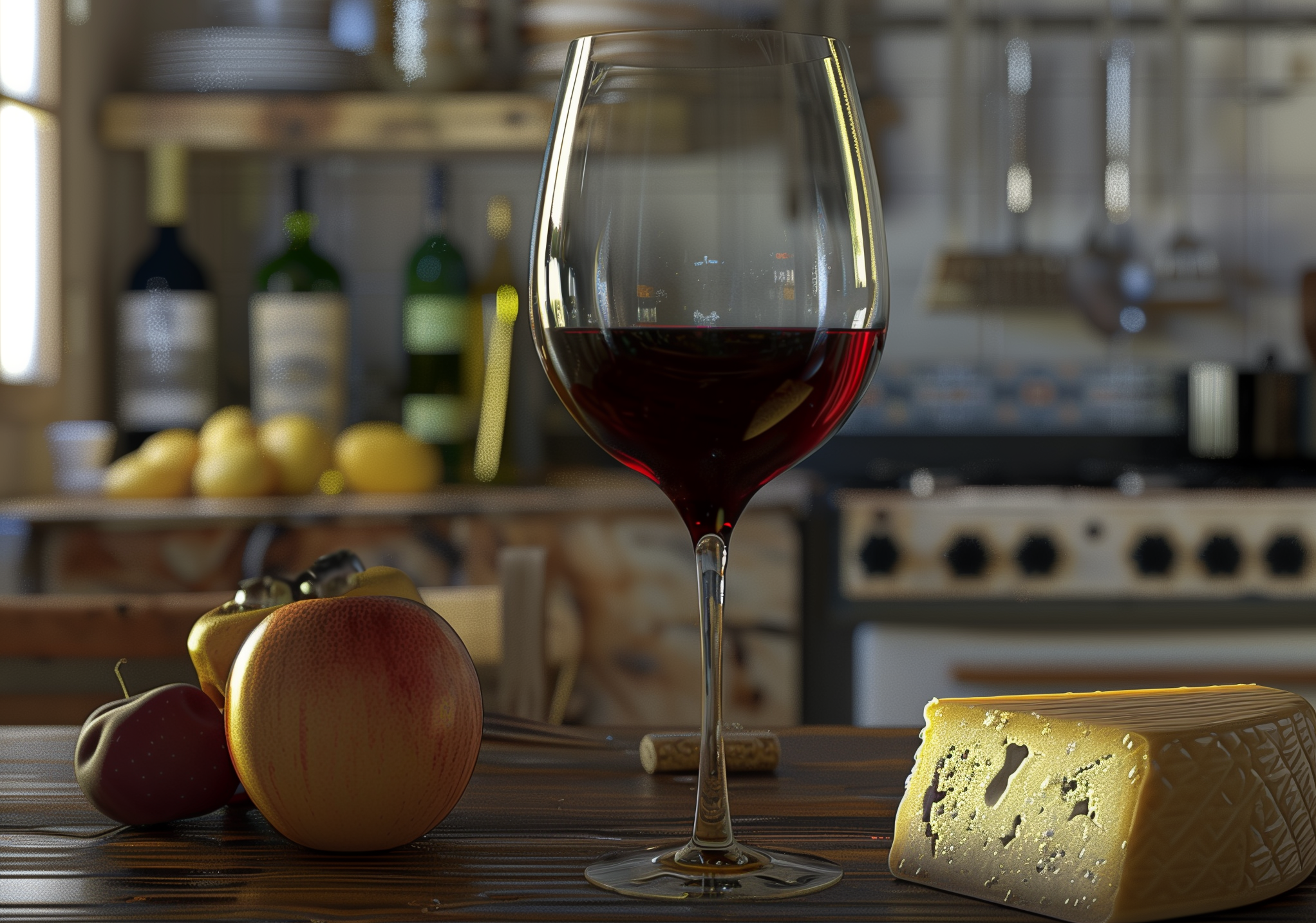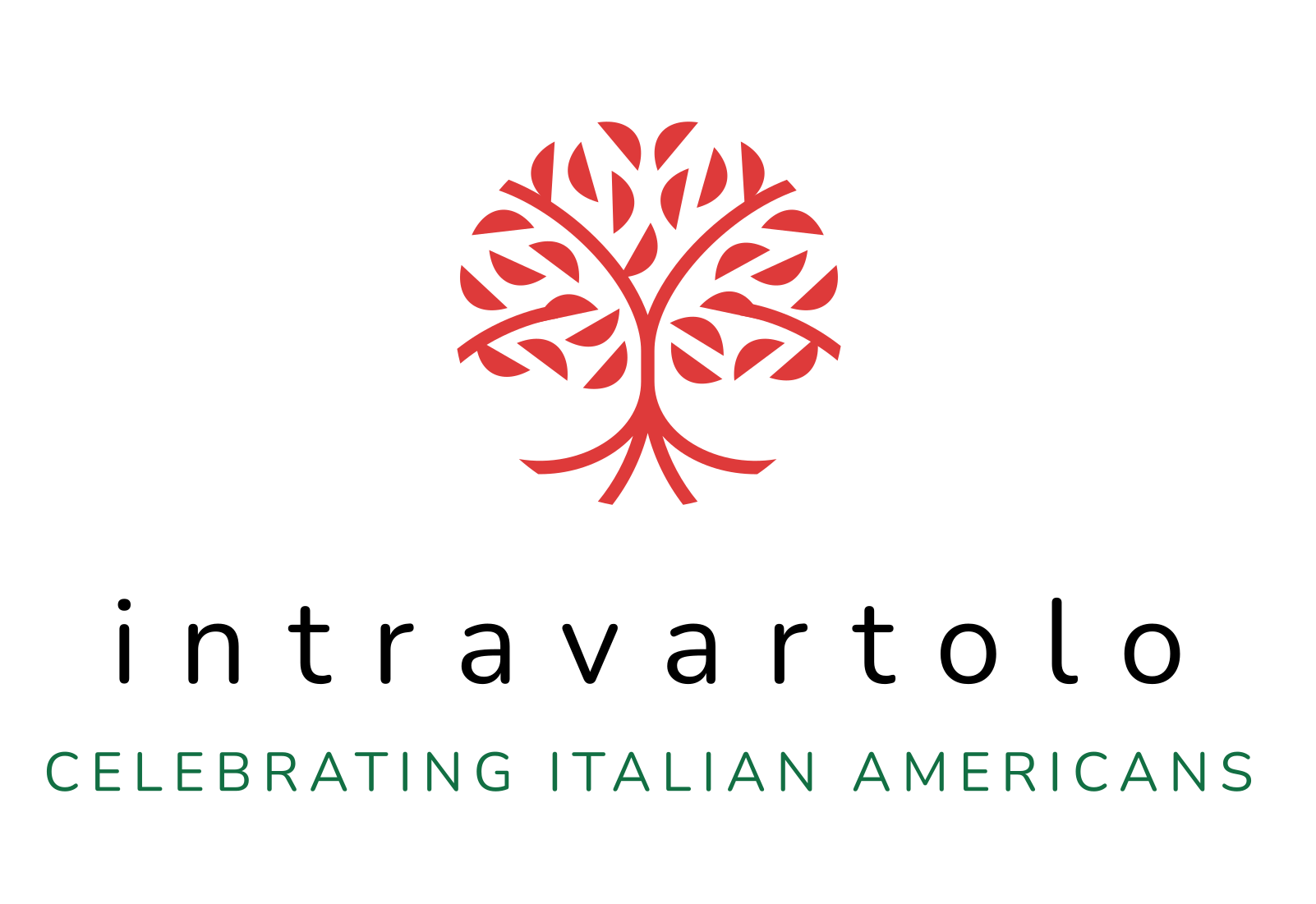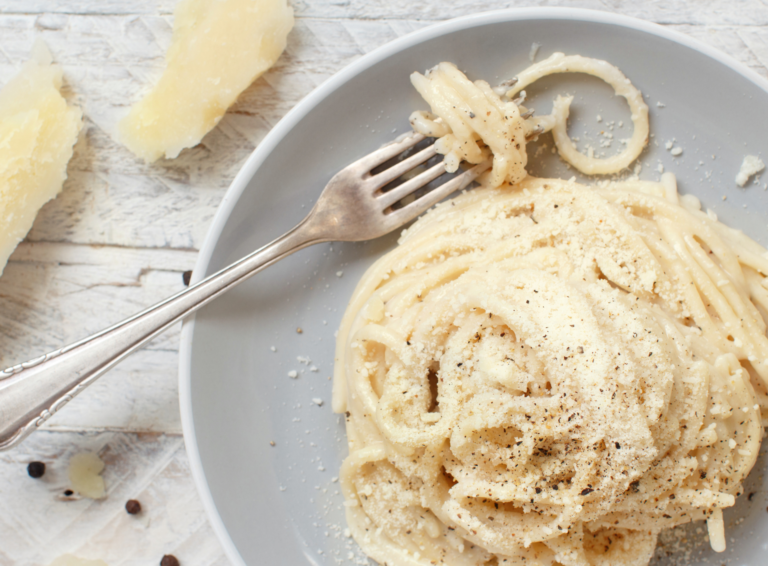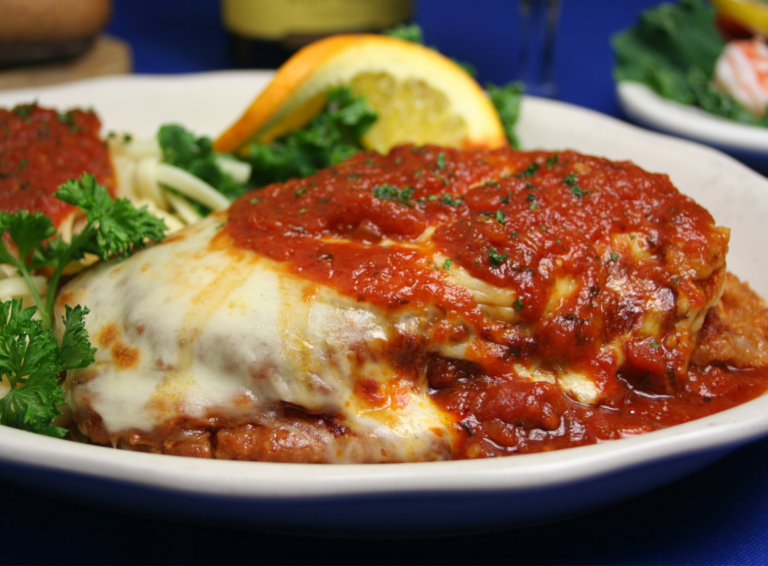How to Pair Wine and Cheese Like an Italian: A Beginner’s Guide
The practice of pairing wine with cheese goes back literally thousands of years, according to historians. And…

The practice of pairing wine with cheese goes back literally thousands
of years, according to historians. And much like anything related to food and
drink, Italy has played a major role over time in developing this practice into
what we know it to be in modern times. This tradition, deeply embedded in
Italian culture, is not just about combining flavors; it’s about creating
experiences that delight the senses and bring people together.
In this article, we will explore the basics of wine and cheese pairing and move on to pairing Italian wines and cheeses.
Wine & Cheese Pairing Basics
The goal of pairing wine and cheese is to find a balance where the wine complements the cheese, enhancing its flavors without overpowering it, and vice versa. Italians follow the principle of either “complementing” or “contrasting” flavors. Complementary pairings create harmony by matching similar flavors and intensities, while contrasting pairings create a delightful balance by pairing opposites.
Getting to Know Italian Cheeses
It is hard to believe, but there are more than 2,500 different Italian
cheeses! Italian cheese offers a vast
spectrum of flavors, textures, and aging processes. From the creamy and
delicate to the bold and aged, there’s a cheese for every palate. Some of the
most iconic Italian cheeses include:
·
Mozzarella: Fresh, soft, and creamy, mozzarella is a
staple of Italian cuisine.
·
Parmigiano Reggiano: Aged, hard, and with a nutty,
savory flavor, this cheese is often grated over dishes but is also splendid on
its own.
·
Gorgonzola: Italy’s famous blue cheese, ranging from
mild to sharp, depending on its aging.
· Pecorino Romano: A hard, salty cheese made from sheep’s milk, offering a sharp, tangy flavor.
Discovering Italian Wines
Much like the cheese selection available in Italy, wine is no different. Believe it or not, there are more than 500 unique varieties of Italian wine! Italian wines, like their cheeses, are diverse and region-specific. From light and crisp whites to robust and aged reds, there’s a wine to match every cheese. Some notable Italian wines include:
·
Prosecco: A sparkling white wine from Veneto, known
for its light, fruity, and floral notes.
·
Chianti: A medium-bodied red wine from Tuscany,
characterized by its red cherry flavors and hints of earthiness.
·
Barolo: A full-bodied red from Piedmont, with
deep flavors of cherry, leather, and truffles.
· Pinot Grigio: A popular white wine that ranges from light to medium-bodied, with crisp flavors of green apples and citrus.
Pairing Wine and Cheese Like an Italian
Now, let’s explore some classic Italian pairings that illustrate the
principles of complementing and contrasting flavors:
· Mozzarella and Prosecco: The light, bubbly nature of Prosecco complements the soft, creamy texture of fresh mozzarella. This pairing is perfect for a summer afternoon or as a delightful start to any meal.
· Parmigiano Reggiano and Chianti: The robust flavors of Parmigiano Reggiano find a harmonious match in the medium-bodied, red cherry notes of Chianti. This pairing is a testament to the beauty of complementing flavors and textures.
· Gorgonzola and Barolo: The bold, intense flavors of Gorgonzola contrast beautifully with the deep, complex notes of Barolo. This pairing is ideal for those who appreciate the depth of flavors and the balance of contrasting elements.
·
Pecorino Romano and Pinot Grigio: The sharp, salty
nature of Pecorino Romano is beautifully balanced by the crisp, refreshing
acidity of Pinot Grigio. This contrasting pairing is refreshing and
palate-cleansing.
Italian cheeses can also pair with non-Italian wines. Here are some
examples:
· Asiago and Merlot: Asiago has a nuttier, more pronounced flavor. The Merlot’s velvety texture and flavors of black cherry and plum, complement the cheese’s texture and taste profile. The smoothness of the Merlot elegantly contrasts with the slight sharpness of aged Asiago.
· Ricotta and Sauvignon Blanc: Ricotta, with its creamy texture and mild, slightly sweet flavor, pairs excellently with Sauvignon Blanc, a crisp, dry white wine known for its high acidity and notes of green apple, lime, and fresh herbs. The acidity of the Sauvignon Blanc cuts through the creaminess of the Ricotta, enhancing its flavor without overwhelming it.
· Fontina and Chardonnay: Fontina, a semi-soft cheese with a gentle nutty and mild fruity flavor, pairs beautifully with oak-aged, fuller-bodied Chardonnays. This pairing brings out the smooth, creamy qualities of the Fontina, with the wine’s richness complementing the cheese’s melt-in-your-mouth texture and subtle flavors.
Tips for Successful Pairings
·
Start with the Cheese: Italian tradition
often suggests selecting your cheese first and then finding a wine that matches
its intensity and flavor profile.
·
Consider the Occasion: Lighter pairings
work well for daytime or warmer weather, while richer, more robust pairings are
suited for evening or cooler climates.
· Experiment: Part of the joy of wine and cheese pairing is discovering what combinations you like. Don’t be afraid to try new pairings and make notes of what works and what doesn’t.
I hope you found this article useful. Mangiamo!






